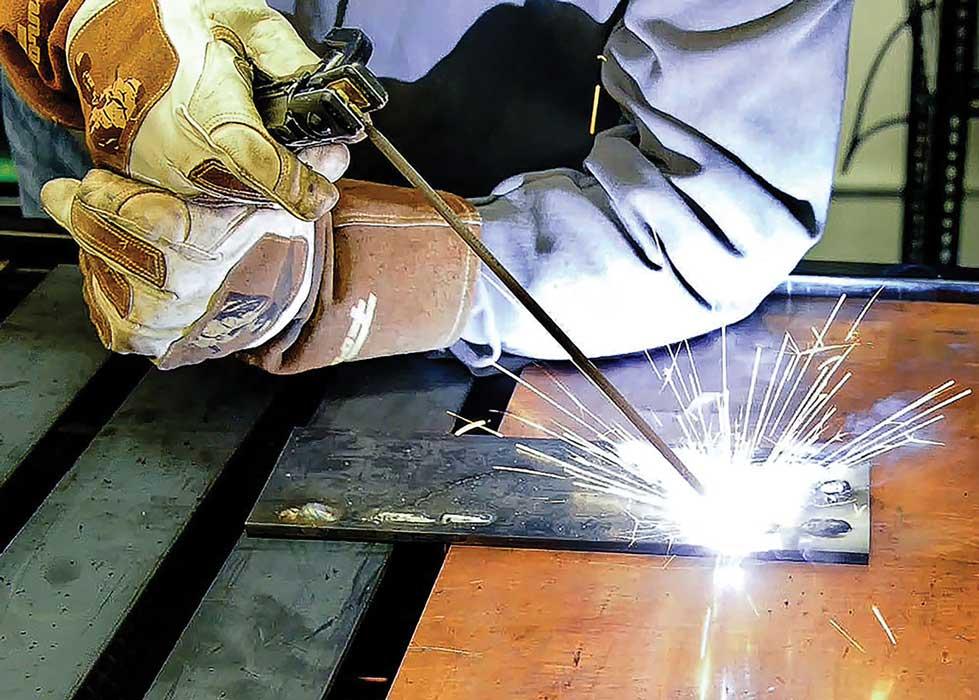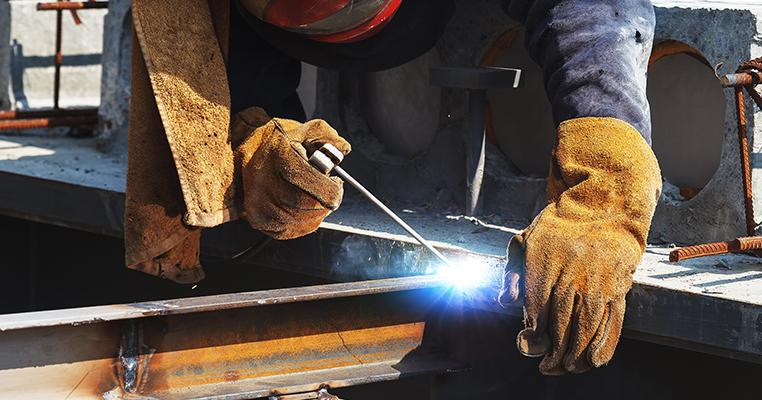Welding is a critical process in various industries, including construction, manufacturing, and aerospace. Ensuring the precision and excellence of welds is essential to guarantee the structural integrity and safety of the final product. Quality assurance (QA) welding test procedures play a vital role in achieving this objective.
Let us discuss, the key steps and considerations for creating and implementing quality assurance (QA) welding test procedures to ensure precision and excellence.
- Procedure Development – The foundation of quality assurance in welding starts with well-defined procedures. A comprehensive procedure should encompass every aspect of the welding process, from material preparation to post-weld inspection. These procedures should adhere to recognized industry standards, such as those provided by the American Welding Society (AWS) or the International Organization for Standardization (ISO).
- Welder Qualification – Before a welder is allowed to work on a project, they should undergo a rigorous qualification process. This typically involves a combination of written tests, practical tests, and visual inspections of previous work. Welder qualification ensures that the individual has the necessary skills and knowledge to consistently produce high-quality welds.
- Material Inspection – Quality assurance begins with the inspection of the materials to be welded. This includes verifying the material composition, thickness, and condition. Materials that do not meet specified standards should be rejected to prevent defects in the final weld.
- Pre-weld Setup – Proper setup is crucial for achieving precise and excellent welds. This includes selecting the appropriate welding process, setting the correct parameters (such as current, voltage, and travel speed), and ensuring that the welding equipment is in good working condition.

- Welding Process Control – During welding, continuous monitoring and control are essential. This involves maintaining the desired heat input, weld bead shape, and penetration. Employing technology such as real-time monitoring systems and automated welding equipment can enhance precision and consistency.
- Visual Inspection – After welding, a thorough visual inspection is conducted to identify surface defects, such as cracks, porosity, or incomplete fusion. Experienced welding inspectors use various tools and techniques to ensure the welds meet the specified standards.
- Documentation and Traceability – Accurate record-keeping is a fundamental aspect of quality assurance in welding. Documenting every step of the welding process, from material inspection to NDT results, ensures traceability and accountability. This documentation is invaluable for tracking the history of the welds and for compliance with regulatory requirements.
- Training and Continuous Improvement – Investing in training and continuous improvement programs for welders and inspectors is essential for maintaining precision and excellence. Staying up-to-date with the latest welding techniques, equipment, and industry standards ensures that the quality assurance process evolves alongside technological advancements.
- Quality Control Audits – Regular quality control audits are conducted to review procedures, qualifications, and the overall welding process. These audits help identify areas for improvement and ensure that the quality assurance system is functioning effectively.
- Quality Assurance Certification – Seeking certification from reputable organizations, such as the AWS, is a testament to a company’s commitment to quality assurance. Certification can provide assurance to clients and stakeholders that the welding process adheres to the highest industry standards.
Conclusion – Quality assurance welding test procedures are essential for ensuring the precision and excellence of welds in various industries. By developing comprehensive procedures, rigorously qualifying welders, and implementing a robust quality control system, organizations can consistently produce high-quality welds that meet or exceed industry standards. Continuous training and improvement, along with proper documentation, enhance the overall quality assurance process, instilling confidence in the integrity and safety of the final product.




![Fix Outlook [pii_email_844c7c48c40fcebbdbbb] Blunder Code Fix Outlook [pii_email_844c7c48c40fcebbdbbb] Blunder Code](https://i.postimg.cc/QxSk2czx/How-to-Change-Primary-Account-on-Outlook1.jpg)